Home>diy>Building & Construction>How To Avoid Hazards On A Construction Site
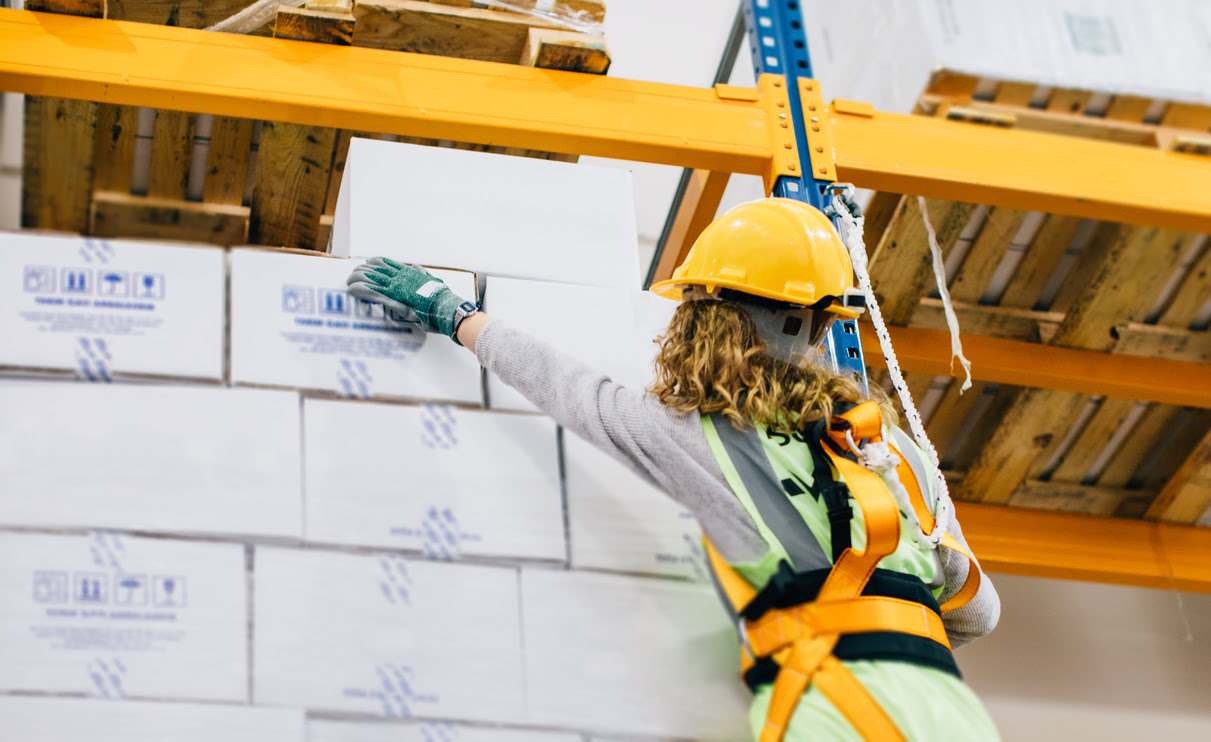

Building & Construction
How To Avoid Hazards On A Construction Site
Modified: January 4, 2024
Learn effective strategies to prevent accidents and ensure safety on a building construction site. Follow these tips to avoid hazards and protect workers.
(Many of the links in this article redirect to a specific reviewed product. Your purchase of these products through affiliate links helps to generate commission for Storables.com, at no extra cost. Learn more)
Introduction
Welcome to the world of construction, where new buildings are born and dreams become reality. The construction industry plays a crucial role in shaping our cities and communities, but it also comes with its fair share of risks and hazards. From towering skyscrapers to intricate infrastructure projects, construction sites are dynamic environments where safety should be paramount.
In this article, we will explore the importance of safety on construction sites and discuss the common hazards that workers face. We will also provide practical safety measures, including the use of personal protective equipment (PPE), training and education, communication and coordination, and emergency preparedness.
Whether you are a construction worker, project manager, or simply someone interested in the industry, understanding and avoiding construction site hazards is essential for everyone involved. By taking the necessary precautions and implementing proper safety protocols, we can promote a safer working environment and protect the well-being of construction workers.
So, let’s delve into the world of construction site safety and learn how to navigate the hazards that can arise in this exciting and challenging industry.
Key Takeaways:
- Prioritizing safety on construction sites protects workers, enhances productivity, and demonstrates social responsibility. By implementing safety measures and promoting a culture of safety, the construction industry can thrive while minimizing accidents and injuries.
- Effective communication, comprehensive training, and emergency preparedness are essential for creating a safer working environment on construction sites. By prioritizing these aspects, stakeholders can work together to mitigate risks and ensure the well-being of all individuals involved.
Understanding Construction Site Hazards
Construction sites are dynamic and complex environments where multiple activities are happening concurrently. With the presence of heavy machinery, electrical wires, scaffolding, and numerous workers, construction sites can expose individuals to various hazards and risks. Understanding these hazards is the first step in implementing effective safety measures.
One of the most common hazards on construction sites is falls. Working at heights, such as on scaffolding or rooftops, presents a significant risk if proper fall protection measures are not in place. Other hazards include electrocution from exposed electrical wires, potential injury from falling objects or debris, and accidents involving heavy machinery.
Construction sites are also prone to hazards related to hazardous substances. Workers may encounter chemical substances, such as paints, solvents, or asbestos, that can cause respiratory issues or other health problems. Additionally, the presence of dust, fumes, or gases can create an unsafe working environment if proper ventilation is not maintained.
Issues related to temporary structures, like scaffolding or trenches, can also pose hazards. Collapses or cave-ins can occur if these structures are not properly erected or if workers are not trained to work in and around them safely. Trenches, in particular, can be dangerous due to the risk of collapse or being trapped inside.
Lastly, construction sites are often bustling with activity, with multiple contractors and workers on site. This can lead to hazards related to poor communication, lack of coordination, or inadequate supervision. Accidents can occur if there is confusion regarding tasks, insufficient training, or failure to follow safety protocols.
By understanding these hazards, we can take proactive steps to mitigate risks and prioritize the safety of all individuals on construction sites. In the following sections, we will discuss the importance of safety on construction sites and explore various measures to avoid these hazards.
Importance of Safety on Construction Sites
Safety should always be the top priority on construction sites. The construction industry is inherently hazardous, and without proper safety measures in place, accidents, injuries, or even fatalities can occur. Therefore, recognizing the importance of safety is crucial for everyone involved in the construction process.
First and foremost, prioritizing safety helps to protect the well-being of construction workers. Construction sites can be risky environments, with potential hazards lurking at every corner. By implementing safety protocols, providing proper training, and enforcing the use of personal protective equipment (PPE), workers can carry out their tasks with reduced risk and with confidence in their safety.
Furthermore, embracing safety guidelines can also enhance productivity on construction sites. When workers feel safe and supported, they can focus on their tasks more effectively, resulting in improved efficiency and quality of work. In contrast, accidents or injuries can disrupt workflow, lead to delays, increase costs, and tarnish the reputation of a project or construction company.
Besides protecting workers, prioritizing safety also demonstrates a company”s commitment to social responsibility. Construction companies have a duty to create a safe working environment for their employees and the surrounding community. By implementing safety practices, companies can avoid legal liabilities, maintain a positive reputation, and attract and retain skilled workers who value their safety and well-being.
Moreover, adhering to safety standards can satisfy regulatory requirements and prevent penalties or fines. Construction sites are subject to various regulations and standards set by local, state, and federal authorities. Compliance with these regulations not only helps avoid legal consequences but also ensures that projects meet industry standards regarding safety and quality.
Overall, the importance of safety on construction sites cannot be overstated. The well-being of construction workers, productivity and efficiency, social responsibility, and legal compliance are all interconnected with a strong commitment to safety. By prioritizing safety and implementing proper measures, we can create a culture of safety within the construction industry and ensure the successful completion of projects with minimal or no accidents or injuries.
Common Hazards on Construction Sites
Construction sites are known for their potential hazards and risks. Being aware of these common hazards is essential for anyone working on or visiting a construction site. By understanding these hazards, we can take the necessary precautions to prevent accidents and injuries. Here are some of the most prevalent hazards on construction sites:
- Falls: Falls from heights, such as ladders, scaffolding, or rooftops, are one of the leading causes of injuries on construction sites. Proper fall protection measures, such as guardrails, safety harnesses, and securing tools and materials, should be implemented to prevent falls.
- Electrical Hazards: Construction sites typically have exposed wiring and electrical equipment, which can pose electrocution hazards if proper safety precautions are not followed. Workers must be trained to identify and avoid electrical hazards and use proper grounding and insulation techniques.
- Falling Objects: Working in an environment with heavy machinery, tools, and building materials increases the risk of falling objects. Hard hats and other personal protective equipment should be worn to protect against head injuries caused by falling objects.
- Heavy Machinery: Operating heavy machinery, such as cranes, excavators, or forklifts, requires specific skill and caution. Failure to properly operate or maintain these machines can lead to accidents, crushing hazards, or collisions with other workers or objects.
- Hazardous Materials: Construction sites may involve the use of hazardous materials, such as chemicals, solvents, or asbestos. Exposure to these substances can lead to health problems, so proper handling, storage, and disposal procedures must be followed, and workers should use appropriate personal protective equipment.
- Trenching and Excavation Hazards: Working in trenches or excavations carries the risk of cave-ins, suffocation, or being struck by heavy equipment. Proper shoring, sloping, or shielding systems should be in place, and workers must be trained to recognize and safely navigate these hazards.
- Confined Spaces: Working in confined spaces, such as tanks, tunnels, or manholes, can be dangerous due to limited access, poor ventilation, or the presence of hazardous gases. Adequate testing, ventilation, and personal protective equipment are crucial when working in confined spaces.
These are just a few examples of the common hazards that can be encountered on construction sites. Each site may have its own unique set of risks, so a thorough risk assessment should be conducted before any work begins. By identifying and mitigating these hazards, we can create a safer working environment for everyone involved in the construction process.
Safety Measures to Avoid Construction Site Hazards
Preventing accidents and injuries on construction sites requires a proactive approach and the implementation of various safety measures. By adopting these measures, we can minimize the risks associated with construction site hazards. Here are some key safety measures to consider:
- Risk Assessment and Planning: Conduct a thorough risk assessment before starting any construction project. Identify potential hazards, evaluate their severity, and develop strategies to mitigate those risks. Proper planning allows for the implementation of appropriate safety measures throughout the project’s duration.
- Site Security and Access Control: Implement strict access control measures to prevent unauthorized personnel from entering the construction site. Secure the perimeter with fencing and lock gates to minimize the risk of accidents or theft.
- Clear Communication and Warning Signs: Clearly communicate safety procedures, rules, and hazards to all workers and visitors on the site. Use warning signs, labels, and posters to highlight potential dangers and remind everyone to follow safety protocols.
- Safe Equipment and Tools: Regularly inspect and maintain all equipment and tools to ensure they are in good working condition. Provide proper training on the correct usage and handling of equipment, and encourage workers to report any malfunction or damage immediately.
- Proper Material Handling: Train workers in safe lifting and material handling techniques to prevent strains and injuries. Use mechanical lifting aids or equipment whenever necessary to minimize the risk of accidents.
- Fall Protection Systems: Install guardrails, safety nets, and personal fall arrest systems to protect workers from falls. Conduct regular inspections of scaffolding, ladders, and elevated work platforms to ensure they meet safety standards.
- Personal Protective Equipment (PPE): Provide appropriate PPE, such as hard hats, safety glasses, gloves, and high-visibility clothing, to all workers. Promote the consistent use of PPE and conduct regular training to ensure workers understand its importance.
- Regular Safety Training: Provide comprehensive safety training to all workers, including orientation for new hires and ongoing training for experienced workers. Emphasize hazard recognition, safe work practices, and emergency procedures.
- Regular Site Inspections: Conduct regular inspections to identify and address any potential hazards. Promptly fix any safety issues or hazards that are discovered during inspections to maintain a safe working environment.
- Emergency Response Plan: Develop and communicate an emergency response plan that includes procedures for medical emergencies, fire incidents, natural disasters, and evacuations. Regularly test and update the plan to ensure it remains effective.
Remember, safety is a collective responsibility that extends to everyone on the construction site. Encourage open communication, teamwork, and a culture of safety to ensure that safety measures are consistently followed. By prioritizing safety through these measures, we can create a safer working environment and minimize the risks associated with construction site hazards.
Always wear appropriate personal protective equipment (PPE) such as hard hats, gloves, and safety glasses to protect yourself from potential hazards on a construction site.
Personal Protective Equipment (PPE) for Construction Workers
Personal Protective Equipment (PPE) is essential for protecting construction workers from potential hazards and ensuring their safety on the job. PPE includes various protective gear and equipment that workers should wear or use to minimize the risk of injuries. Here are some key PPE items for construction workers:
- Hard Hats: Hard hats protect the head from falling objects, bumps, and impacts. All workers should wear a properly fitted hard hat at all times when on the construction site.
- Safety Glasses/Goggles: Safety glasses or goggles shield the eyes from debris, flying particles, and harmful substances. They should be worn when working with power tools, handling chemicals, or around any potential eye hazards.
- High-Visibility Clothing: High-visibility clothing, such as reflective vests, improves visibility and helps prevent accidents by making workers more noticeable, especially in low-light conditions or areas with heavy machinery or traffic.
- Respiratory Protection: Depending on the nature of the work and potential exposure, respiratory protection may include dust masks, respirators, or breathing apparatus. Workers should wear the appropriate respiratory protection to prevent inhaling harmful dust, fumes, or gases.
- Hearing Protection: Construction sites are often noisy environments, with loud machinery and equipment. Earplugs or earmuffs should be worn to protect against excessive noise levels that can cause hearing damage.
- Protective Gloves: Construction workers may encounter sharp objects, chemicals, or rough surfaces, making protective gloves essential for hand protection. Different types of gloves, such as cut-resistant gloves, chemical-resistant gloves, or general-purpose gloves, should be used depending on the specific tasks and hazards.
- Protective Footwear: Construction sites can be hazardous with the risk of falling objects, tripping, or stepping on sharp objects. Safety boots or shoes with slip-resistant soles and toe protection should be worn to protect the feet from impact and punctures.
- Fall Protection Equipment: For tasks involving working at heights, fall protection equipment, such as safety harnesses, lanyards, and anchor points, is crucial. Workers should be properly trained in using and inspecting fall protection equipment.
- Protective Clothing: Depending on the work task, workers may need additional protective clothing such as coveralls, aprons, or chemical-resistant suits. These help protect against chemical splashes, extreme temperatures, or other specific hazards.
It is important to note that PPE alone cannot guarantee complete safety. Proper training, adherence to safety protocols, and regular maintenance and inspection of PPE are equally important. Employers should provide the necessary PPE, ensure it is in good condition, and educate workers on its proper usage and limitations.
Construction workers have a right to a safe working environment, and PPE plays a vital role in achieving this. By wearing the appropriate PPE, construction workers can minimize the risk of injuries and safely carry out their tasks on the construction site.
Training and Education for Construction Site Safety
Training and education are essential components of ensuring construction site safety. Properly trained workers are equipped with the knowledge and skills needed to identify and mitigate hazards, follow safety protocols, and work safely on construction sites. Here are the key aspects of training and education for construction site safety:
- Orientation and Induction: All workers, including new hires and subcontractors, should receive a comprehensive safety orientation and site induction before starting work on a construction site. This includes familiarizing workers with site-specific safety rules, emergency procedures, and the location of first aid and safety equipment.
- Hazard Recognition and Risk Assessment: Training should include educating workers on how to identify potential hazards on construction sites. This includes teaching them to recognize common hazards and understand the risks associated with their work tasks. Workers should also be trained on performing risk assessments to evaluate the severity of hazards and develop strategies to mitigate them.
- Safe Work Practices: Workers should receive training on proper work practices to minimize the risk of accidents and injuries. This includes teaching them how to safely operate tools and machinery, handle materials, and use equipment such as ladders and scaffolding. Emphasis should be placed on following established safety procedures and using PPE effectively.
- Educating on Specific Hazards: Construction sites can present a wide range of hazards, such as working at heights, dealing with hazardous substances, or operating heavy machinery. Training should focus on educating workers about these specific hazards, their associated risks, and the necessary precautions to avoid accidents or injuries.
- Supervisor and Manager Training: It is crucial to provide training to supervisors and managers on construction site safety. They should be well-versed in safety regulations and protocols, capable of identifying hazards, and able to effectively communicate and enforce safety measures. Supervisors and managers play a significant role in creating a safe working environment and ensuring the compliance of workers.
- Ongoing Training and Refreshers: Safety training should not be a one-time event. Regular refreshers and ongoing training sessions should be conducted to reinforce safe work practices, introduce new safety procedures or equipment, and address any emerging safety issues on the construction site. This keeps safety at the forefront of workers’ minds and adapts to changes in the work environment.
- Promoting a Safety Culture: Beyond technical training, efforts should be made to promote a culture of safety on construction sites. This includes encouraging active participation and open communication about safety concerns, recognizing and rewarding safe behavior, and fostering a sense of responsibility for one’s own safety and the safety of others.
Educating workers and providing them with the necessary training empowers them to work safely and make informed decisions when faced with potential hazards. By investing in training and education for construction site safety, we can minimize the risk of accidents, foster a safe working environment, and promote a culture where safety is everyone’s top priority.
Communication and Coordination on Construction Sites
Effective communication and coordination are critical for maintaining a safe working environment on construction sites. Construction projects involve multiple stakeholders, including project managers, contractors, subcontractors, and workers. Clear and open communication ensures that everyone is aware of safety protocols, hazards, and any changes or updates that may impact the work. Here are some key aspects of communication and coordination on construction sites:
- Pre-Construction Meetings: Conduct pre-construction meetings to bring together all stakeholders involved in the project. These meetings provide an opportunity to discuss safety plans, site-specific hazards, and establish clear lines of communication.
- Regular Safety Meetings: Schedule regular safety meetings to discuss ongoing safety issues, review incident reports, and share lessons learned. These meetings facilitate communication among team members and promote a proactive approach to address safety concerns.
- Clear Communication Channels: Establish clear communication channels among project team members, such as site supervisors, project managers, and workers. Utilize tools like radios, phones, or digital communication platforms to ensure effective and timely communication.
- Workplace Signage and Notices: Use clear signage and notices to communicate safety information, hazards, and emergency procedures. These visual cues act as reminders for workers and visitors to follow safety protocols.
- Safety Representatives: Designate safety representatives or safety officers who are responsible for promoting a culture of safety, conducting safety inspections, and addressing safety concerns. These individuals act as a point of contact for safety-related communication.
- Job Hazard Analysis: Perform job hazard analysis for each task or work area to identify potential hazards and determine the necessary safety measures. Communicate the findings of the analysis to all workers involved in the task.
- Task Briefings: Conduct task briefings before starting each new task or when changes occur. Briefings should focus on potential hazards, safety procedures, and ensure that workers understand their roles and responsibilities.
- Collaboration with Contractors and Subcontractors: Maintain open lines of communication with contractors and subcontractors to coordinate activities and ensure that everyone is adhering to safety protocols. Sharing information about upcoming tasks or changes in the site conditions is crucial for maintaining a safe working environment.
- Incident Reporting: Establish a process for reporting incidents, near misses, or hazards. Encourage workers to report any safety concerns promptly, and ensure that incidents are thoroughly investigated and appropriate corrective actions are taken.
- Continuous Improvement: Foster a culture of continuous improvement by encouraging feedback and suggestions from workers on safety practices and procedures. Regularly review and update safety protocols based on feedback and lessons learned from incidents or near misses.
Effective communication and coordination among all stakeholders on construction sites create a shared understanding of safety expectations and promote a collaborative environment focused on achieving a safe working environment. By prioritizing communication and coordination, we can minimize the risks associated with construction site hazards and create a culture of safety.
Emergency Preparedness on Construction Sites
Emergency preparedness is crucial on construction sites to ensure the safety and well-being of workers in the event of an unforeseen incident or emergency. Construction sites inherently carry risks, and being prepared for emergencies can significantly reduce the impact of such events. Here are some key aspects of emergency preparedness on construction sites:
- Emergency Response Plan: Develop a comprehensive emergency response plan specific to the construction site. The plan should outline procedures for various emergencies, including medical emergencies, fires, natural disasters, and evacuations. Distribute the plan to all workers and ensure they are familiar with the procedures.
- Communication and Alarms: Establish clear communication protocols for emergencies, including a method to quickly notify workers of any emergency situations. This can be through on-site alarms, radios, or other communication devices. Ensure that workers understand the different alarm signals and how to respond appropriately.
- Evacuation Routes and Assembly Points: Identify and clearly mark evacuation routes from different areas of the construction site. Designate primary and alternative assembly points where workers should gather during an evacuation. Regularly review and communicate these routes and assembly points to all workers.
- First Aid and Medical Assistance: Ensure that properly stocked first aid kits are readily available on the construction site. Designate trained personnel who can provide immediate first aid and coordinate with nearby medical facilities for prompt medical assistance, if needed.
- Fire Safety: Implement fire prevention measures, such as storing flammable materials properly, maintaining clear access to firefighting equipment, and conducting regular fire drills. Train workers on the use of fire extinguishers and ensure they know the location of fire exits and assembly points.
- Equipment Shutdown Procedures: Develop procedures for safely shutting down equipment and machinery in case of an emergency or power failure. Ensure that workers understand these procedures and are trained on proper shutdown techniques to prevent further risks or damage.
- Communication with Emergency Services: Establish protocols for contacting emergency services, such as the fire department, ambulance services, or law enforcement. Display emergency contact information in prominent locations on the construction site and ensure workers know how to report emergencies.
- Site Inspections and Maintenance: Regularly inspect the construction site to identify potential hazards or safety concerns that could escalate into emergencies. Address these issues promptly to minimize the risk of incidents or emergencies. Additionally, ensure that safety equipment and systems, such as alarms or firefighting equipment, are properly maintained and in working order.
- Training and Drills: Conduct regular training sessions and emergency drills to familiarize workers with emergency procedures and their respective roles. These drills help assess the effectiveness of the emergency response plan while providing an opportunity to reinforce proper response actions.
- Continuous Improvement: Regularly review the emergency response plan, taking into account lessons learned from incidents, near misses, or changes in site conditions. Update the plan as needed and communicate any revisions to all workers.
Emergency preparedness on construction sites requires proactive planning, effective communication, and regular training. By being prepared for emergencies, construction sites can minimize the potential risks, maintain the safety of workers, and swiftly respond to any unforeseen events that may occur.
Read more: What Are The Hazards In Construction
Conclusion
Safety is paramount on construction sites, where hazards and risks are inherent. By adopting comprehensive safety measures, we can minimize accidents, injuries, and even fatalities in the construction industry. From understanding common hazards to implementing safety protocols, the well-being of construction workers should always be the top priority.
Through this article, we have explored the importance of safety on construction sites and the various hazards that workers face. We have discussed safety measures such as personal protective equipment (PPE), training and education, communication and coordination, and emergency preparedness.
By equipping workers with the necessary PPE, such as hard hats, safety glasses, and protective clothing, we can shield them from potential hazards. Training and education ensure that workers are knowledgeable about safety practices, hazard recognition, and emergency response. Effective communication and coordination facilitate a collaborative environment and ensure that everyone is informed about safety protocols and potential risks.
Emergency preparedness plays a crucial role in construction site safety. By having comprehensive emergency response plans, clear communication channels, and regularly conducting drills, we can mitigate the impact of unforeseen incidents and protect workers in times of crisis.
Ultimately, improving safety on construction sites requires a collective effort from all stakeholders, including workers, contractors, supervisors, and project managers. By fostering a culture of safety, prioritizing communication, and investing in training and education, we can create a safer construction industry.
Let us strive to build a future where construction sites are known for their commitment to safety, where workers can carry out their tasks with confidence and peace of mind. By prioritizing safety, we not only protect the lives and well-being of construction workers but also contribute to the successful completion of projects and the betterment of our communities.
Frequently Asked Questions about How To Avoid Hazards On A Construction Site
Was this page helpful?
At Storables.com, we guarantee accurate and reliable information. Our content, validated by Expert Board Contributors, is crafted following stringent Editorial Policies. We're committed to providing you with well-researched, expert-backed insights for all your informational needs.
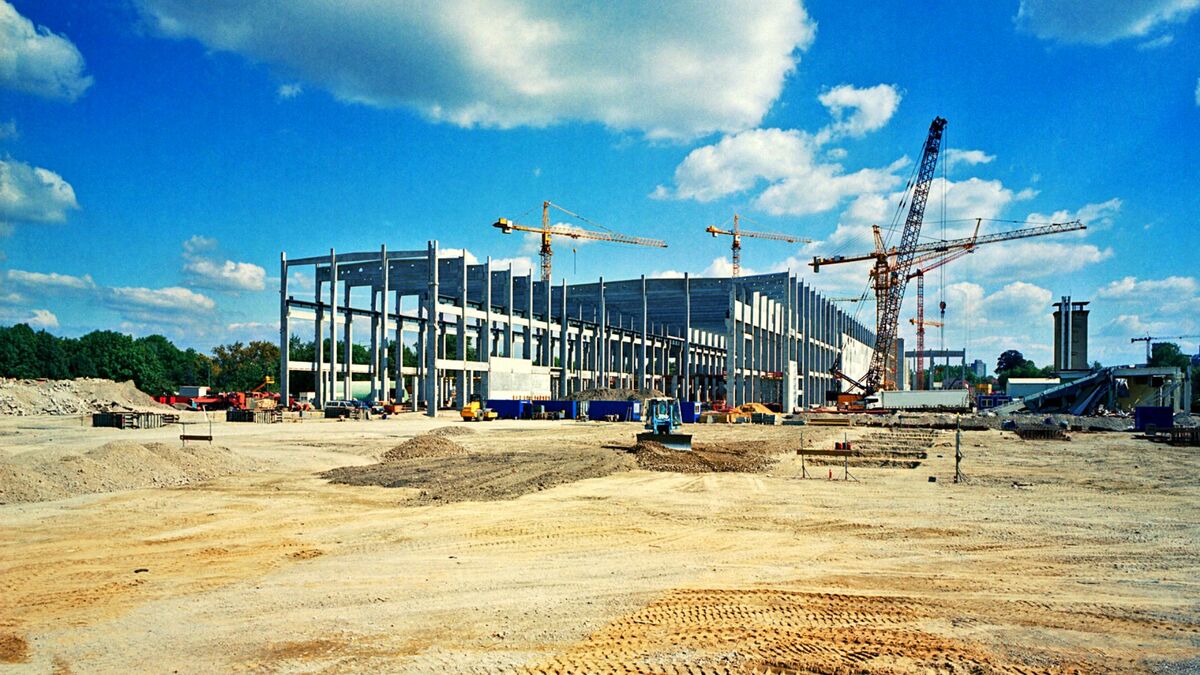
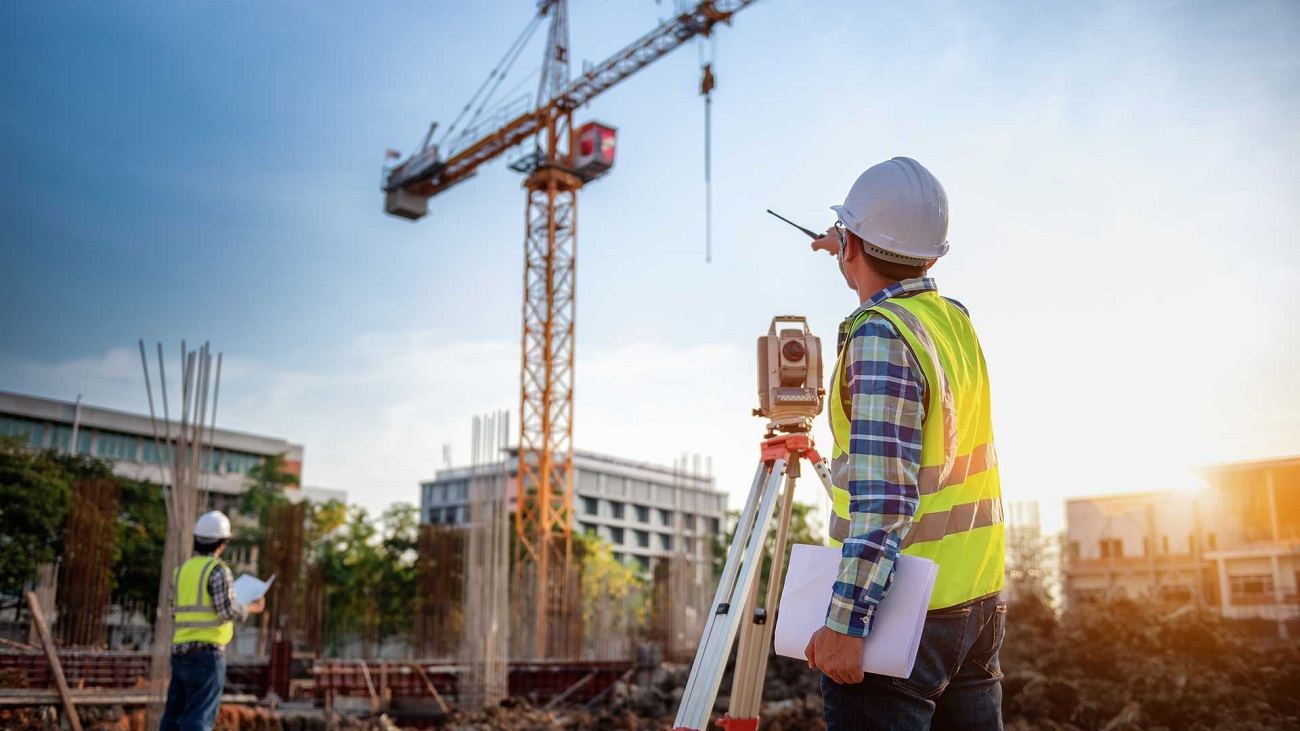
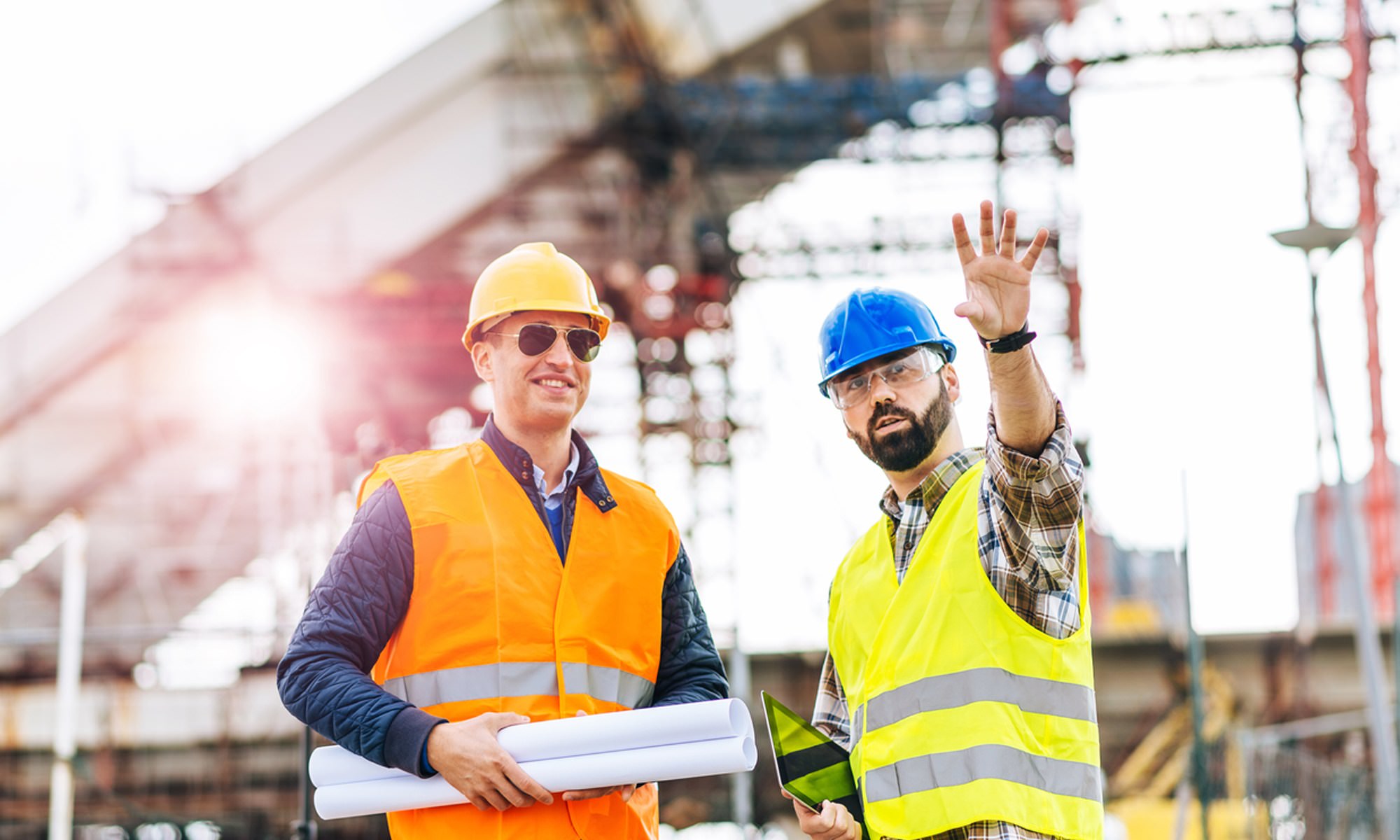
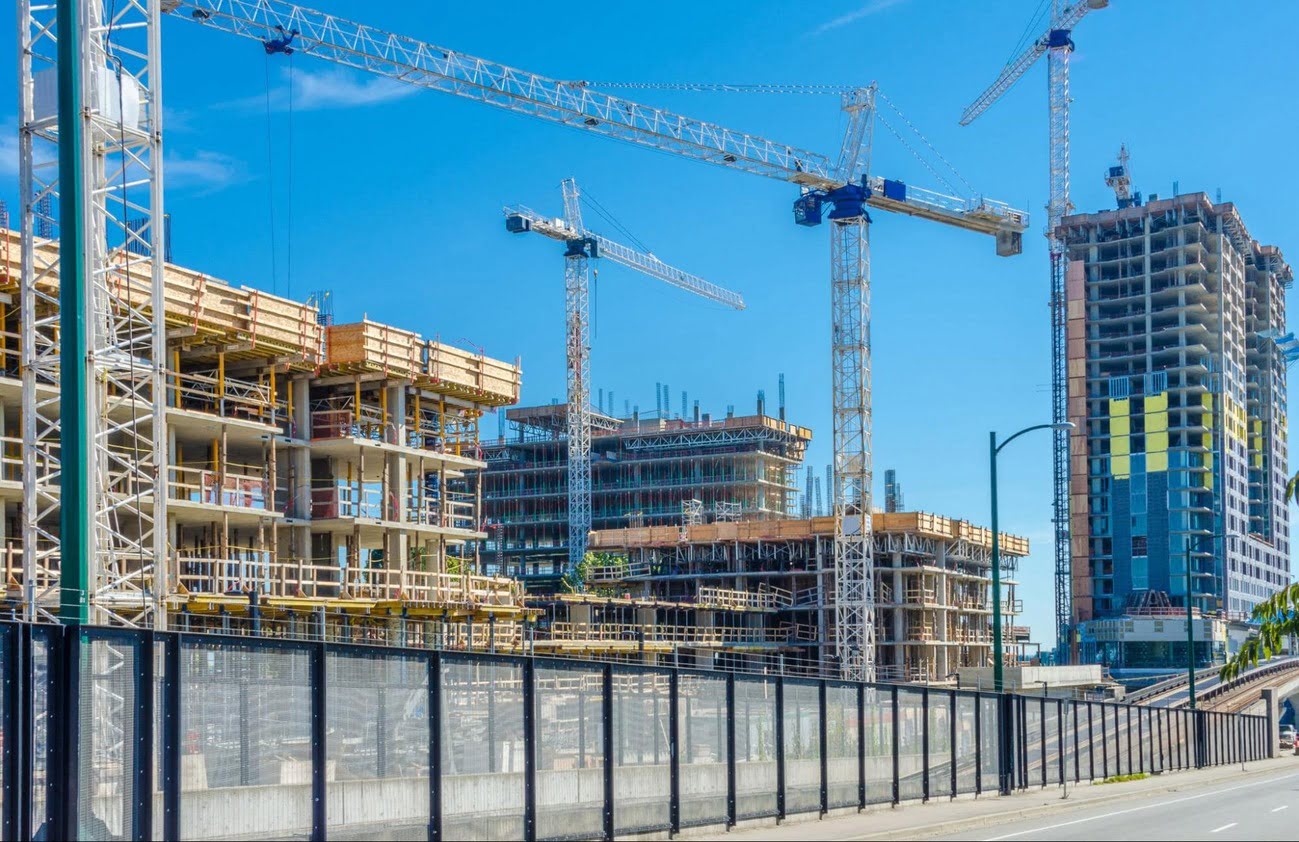
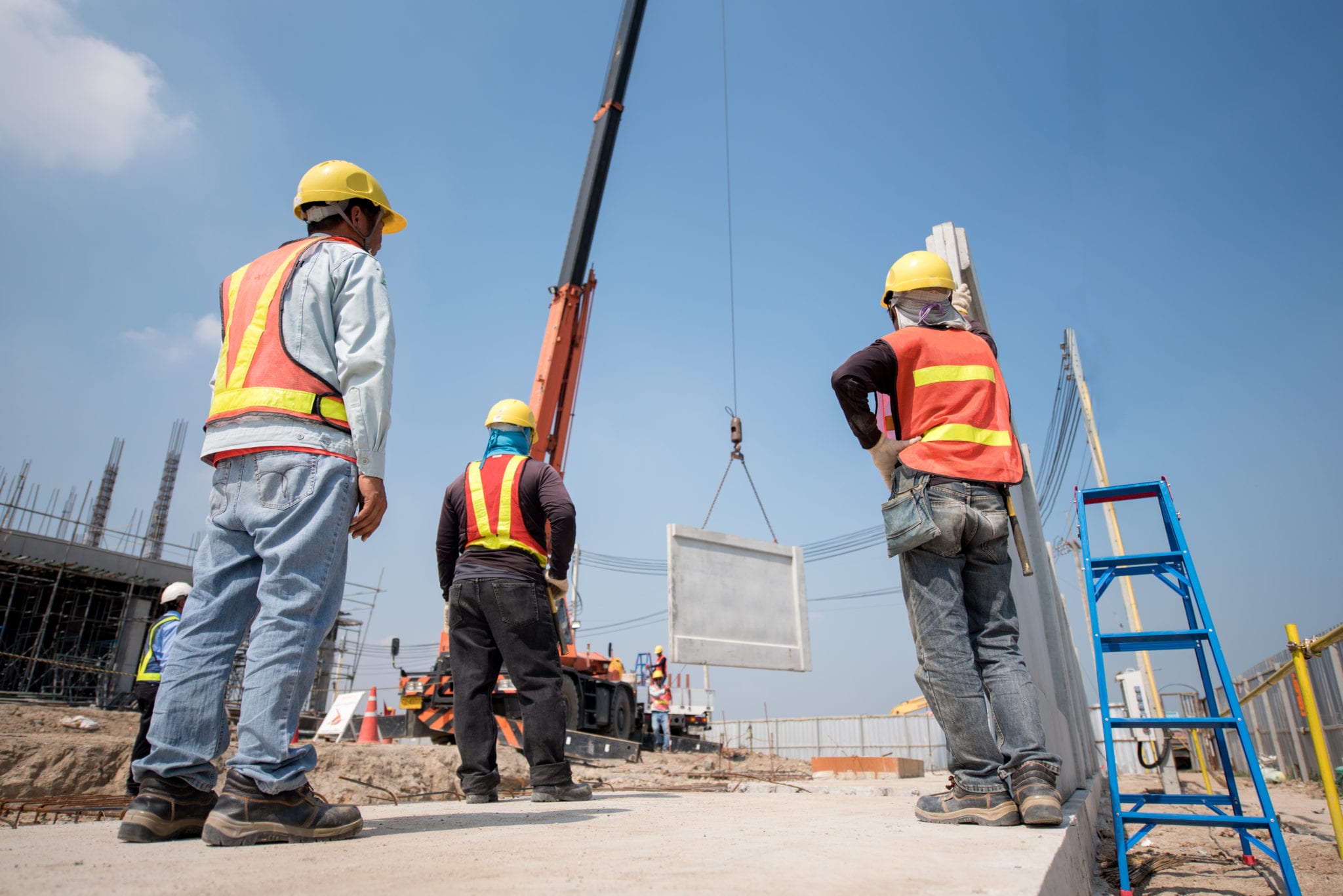
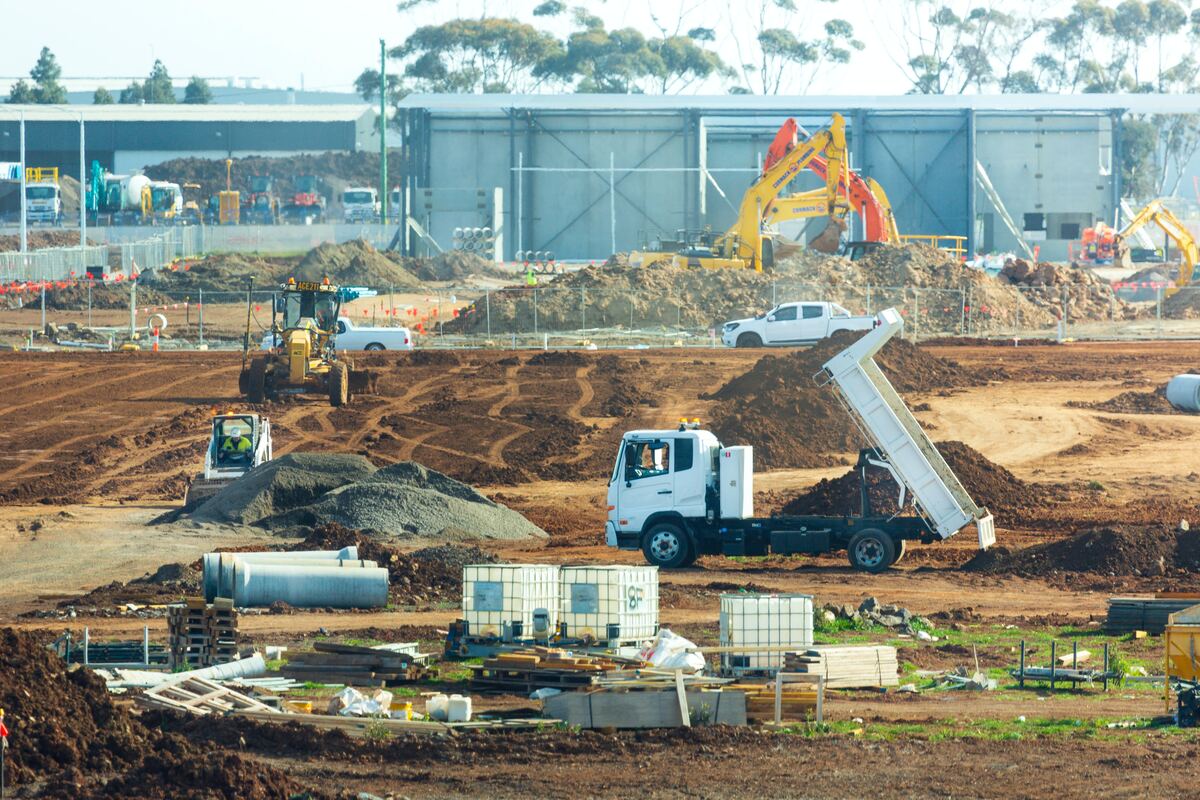
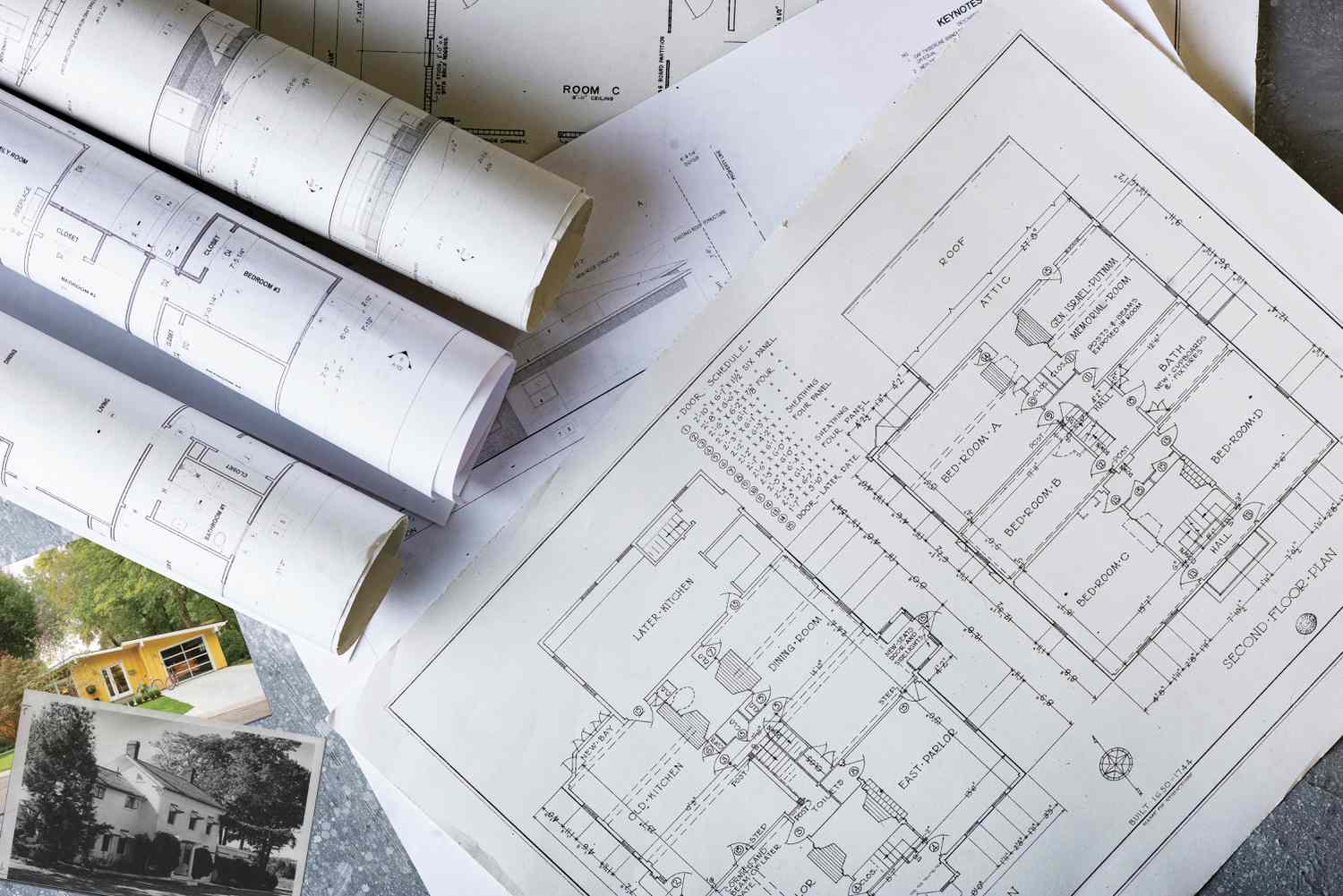
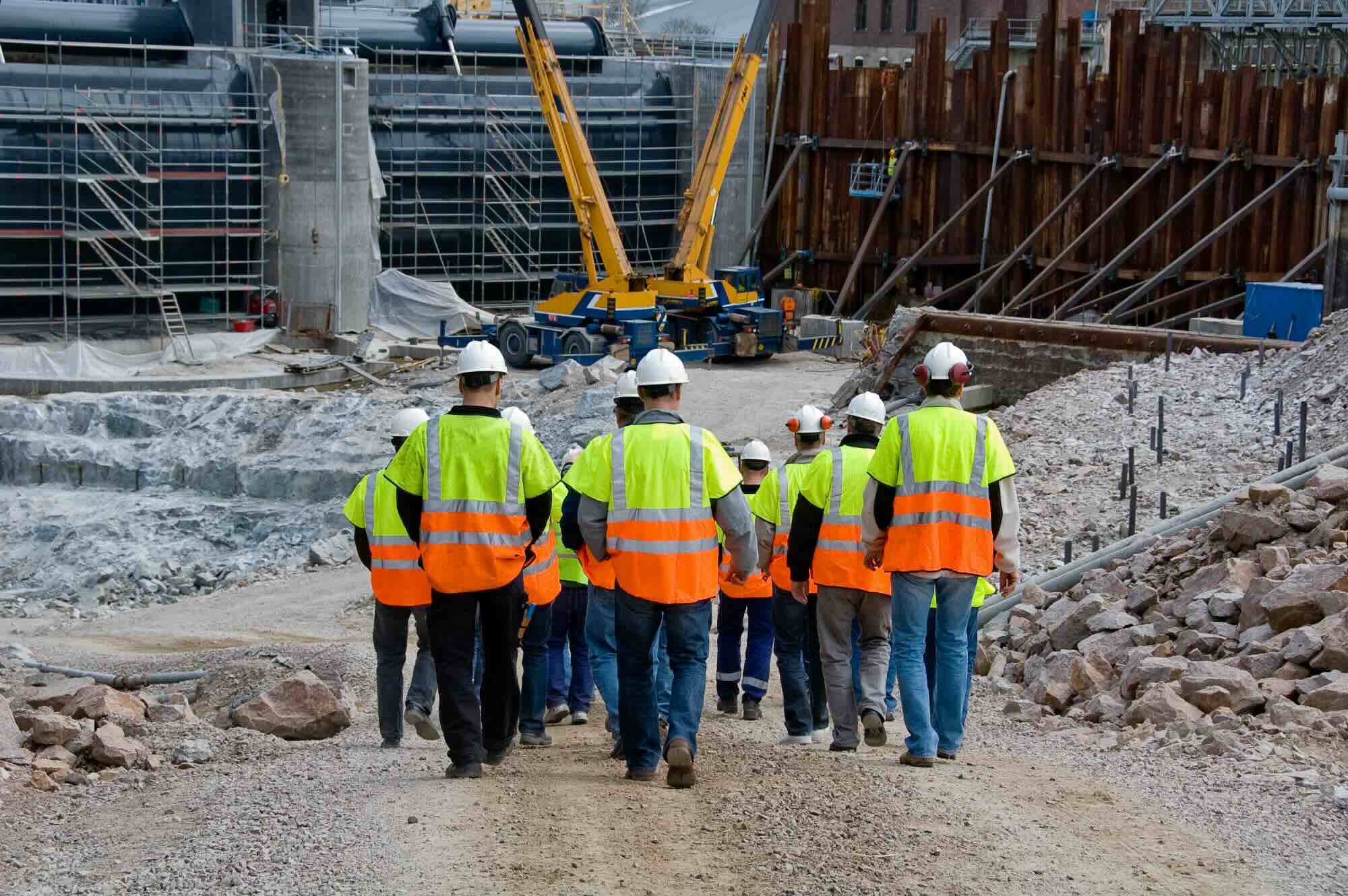
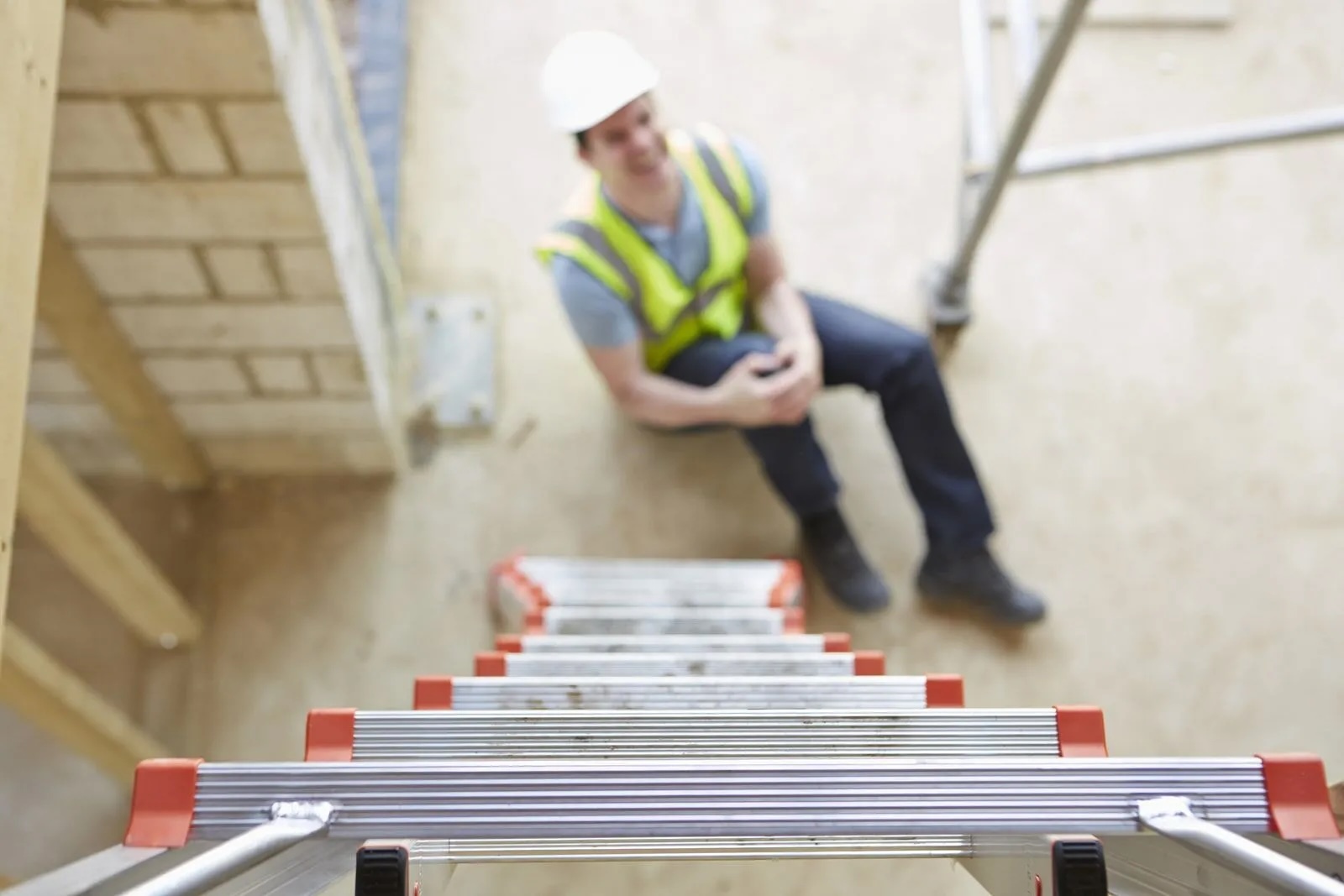
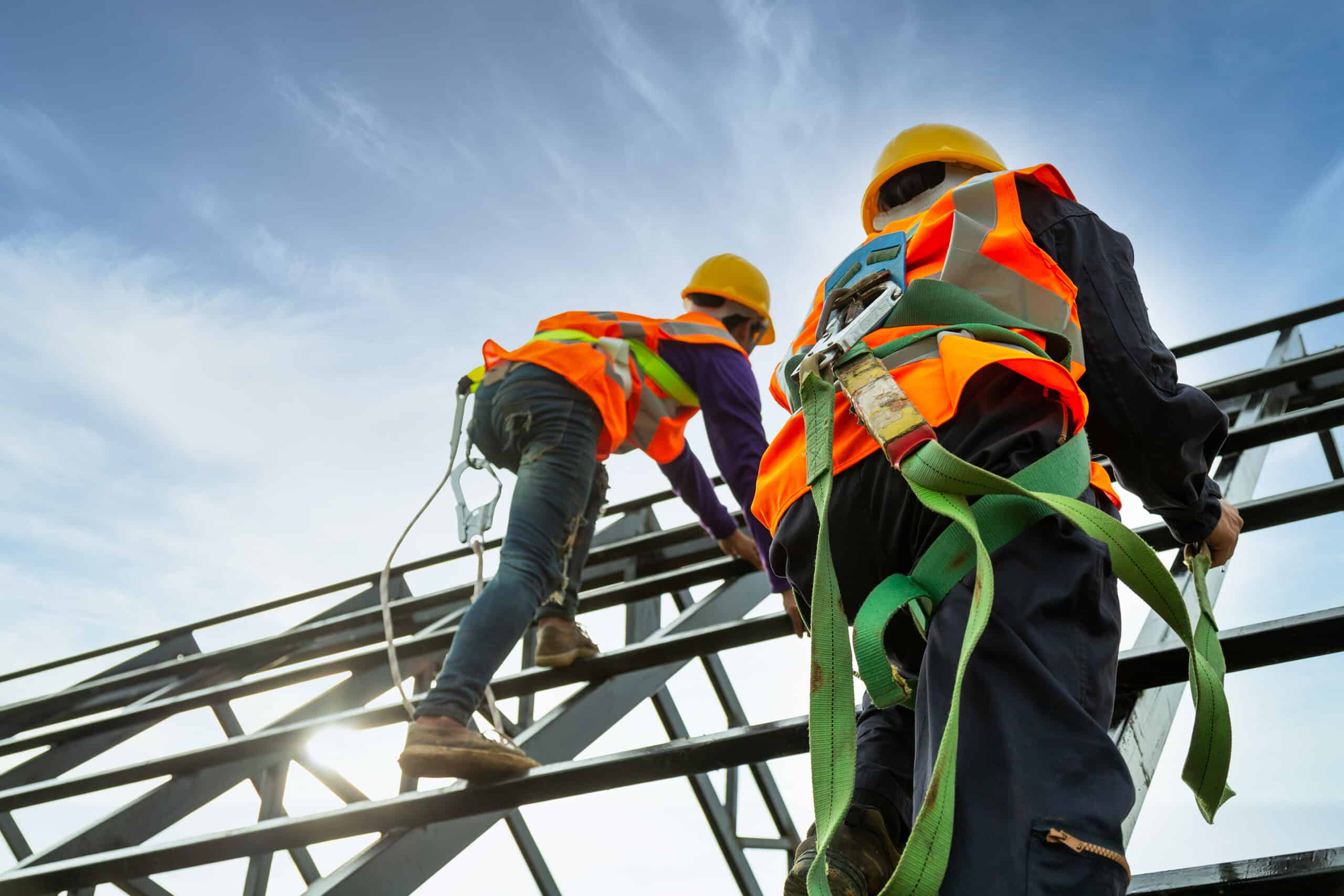
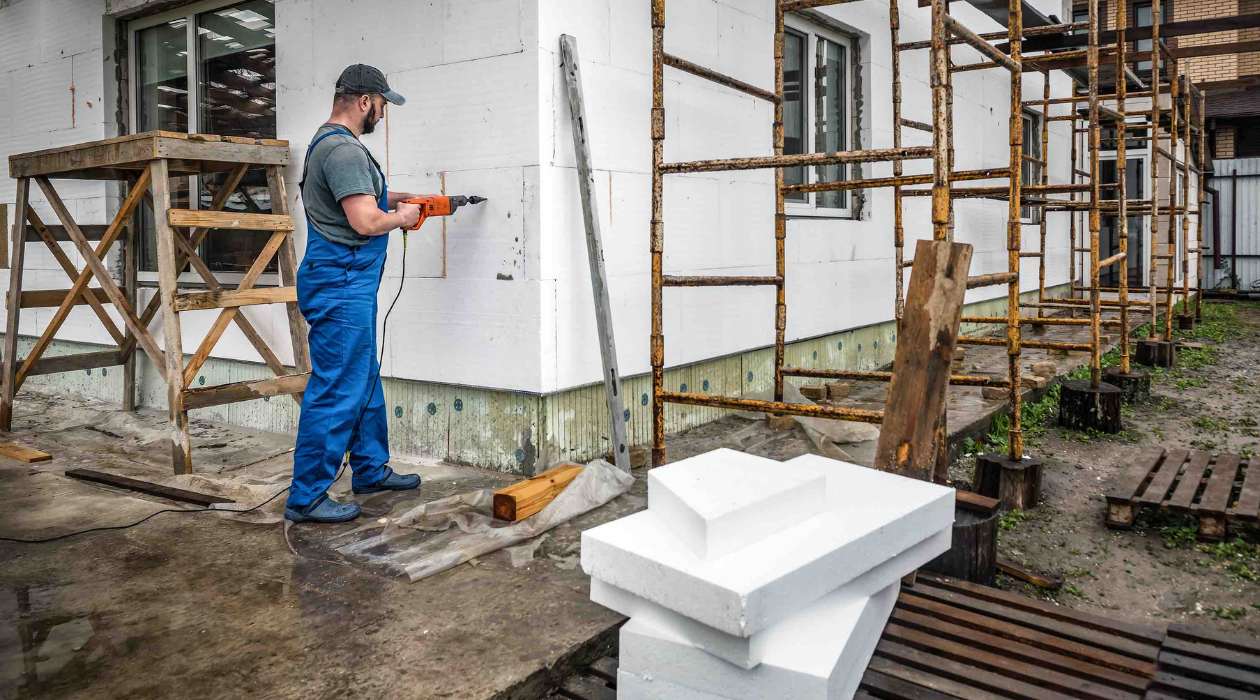
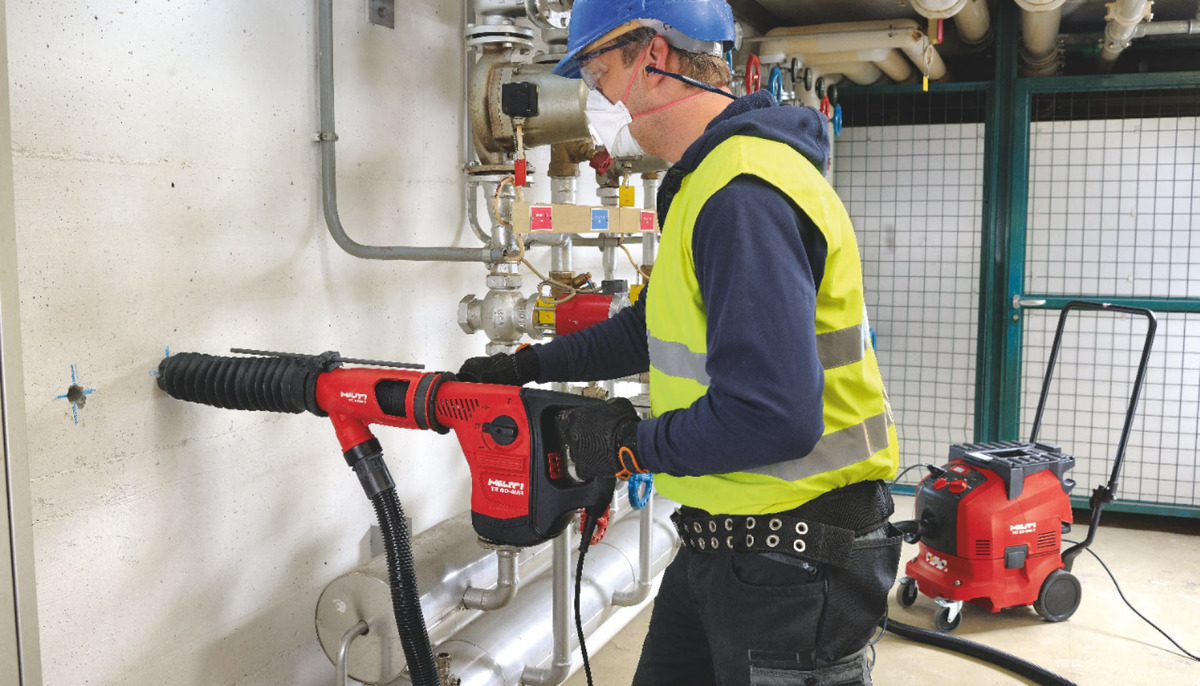
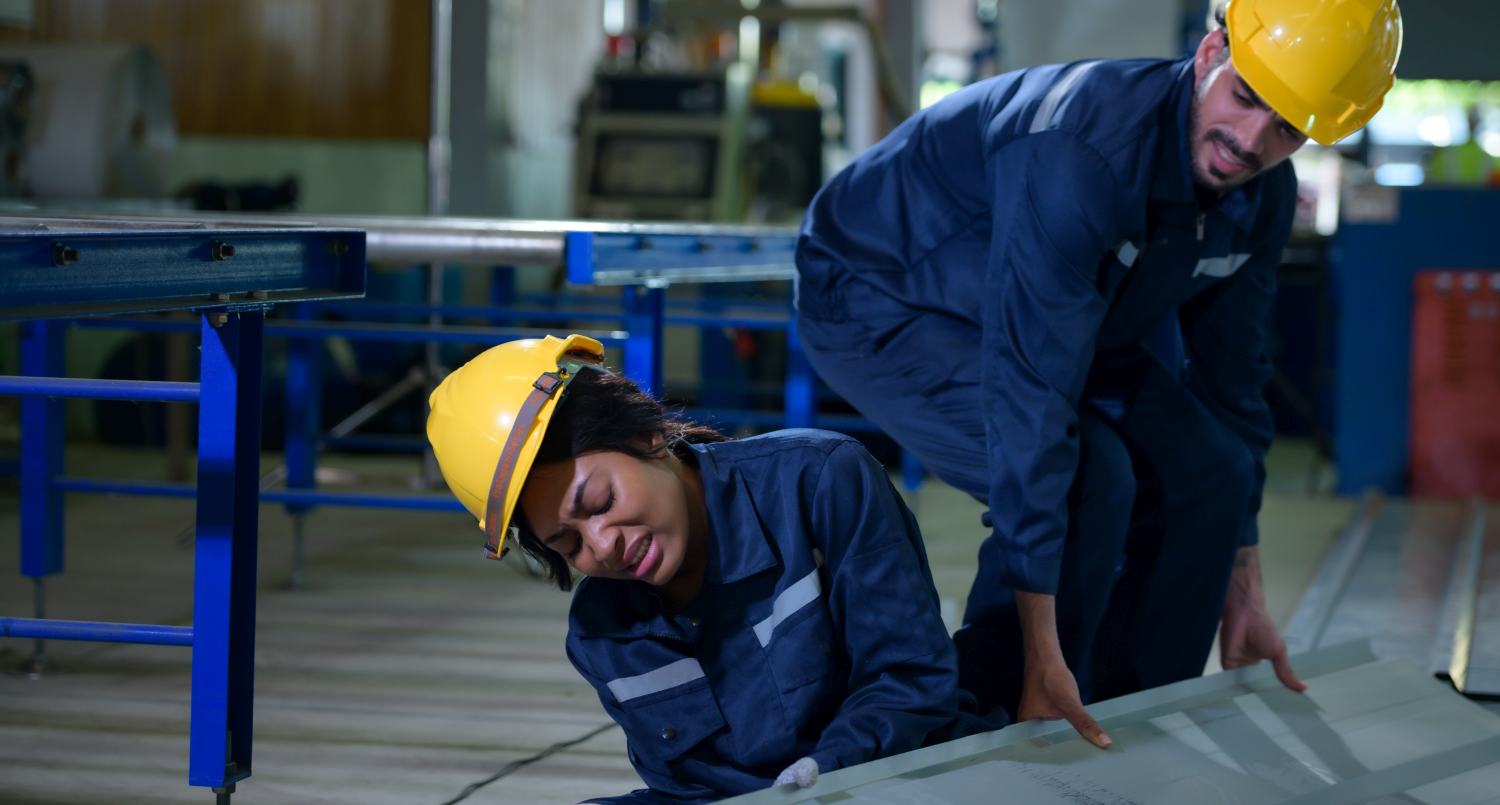

0 thoughts on “How To Avoid Hazards On A Construction Site”